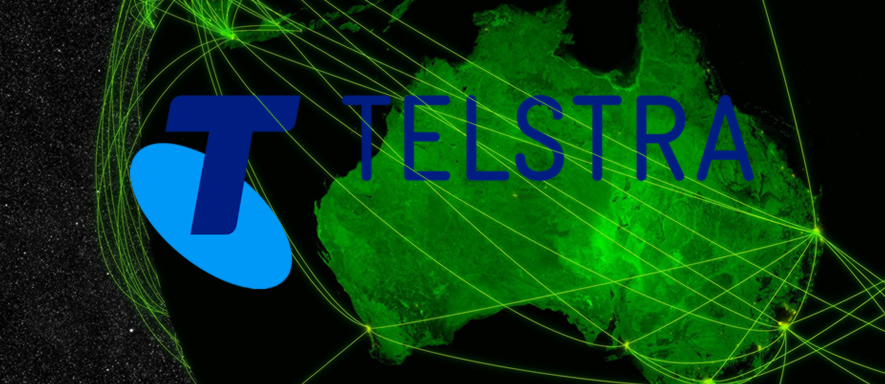Australia’s largest telecom provider Telstra announced a major step forward in the development of the Internet of Things (IoT) in Australia with the successful deployment of Narrowband technology in its IoT Network.
Telstra now offers Narrowband coverage in major Australian cities and many regional towns. This is in addition to the around three million square km of Cat M1 IoT coverage Telstra turned on in 2017. Through the Telstra IoT Network, Telstra is the only carrier in Australia and one of the first carriers in the world to offer both Narrowband and Cat M1 IoT technologies.
Telstra Chief Operations Officer, Robyn Denholm, said Narrowband technology would accelerate IoT in Australia by opening up the opportunity to connect millions of new devices sending small volumes of data at very low power levels over Telstra’s mobile network.
“We already offer our customers Australia’s largest and fastest mobile network and with our IoT Network now we have added the ability to support millions of new devices like sensors, trackers and alarms operating at very low data rates that can sit inside machines and vehicles, reach deep inside buildings and have a battery life of years rather than hours and days,” said Ms Denholm.
“These devices will be the centre-piece of the Internet of Things, which involves enabling everyday objects to send and receive data and will transform the way we all live and work in the years ahead.
“We are already leading the emergence of IoT in Australia – we connect more than two million IoT devices today and offer connected lights, cameras and motion sensors on the Telstra Smart Home platform. We expect the new mobile network capabilities we have deployed will drive rapid growth and over the next five years we forecast we will be connecting four times more devices than we do today.
“This new capability has been delivered as part of our Networks for the Future program, which is a key pillar in the up to $3 billion capital investment Telstra is making over and above business as usual to transform the way we serve customers, digitize our operations, meet the growing demand for data and lay the groundwork for 5G and IoT,” said Ms Denholm.
Telstra has embraced both Cat M1 and Narrowband to give its customers, particularly enterprise customers in industries like transportation and logistics, mining, manufacturing and agriculture, the opportunity to choose which technology best suits their needs.
“Cat M1 is well suited to applications with data in the 100s of kilobits per second with extended range and long battery life, such as a personal health monitor or a device used to measure vehicle performance. Narrowband is better suited to applications sending even smaller amounts of data and operating with an even longer battery life, such as a moisture sensor or livestock tracking device,” Ms Denholm added.





